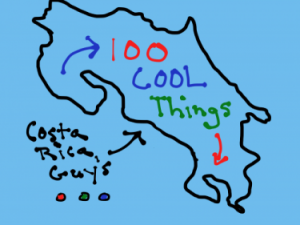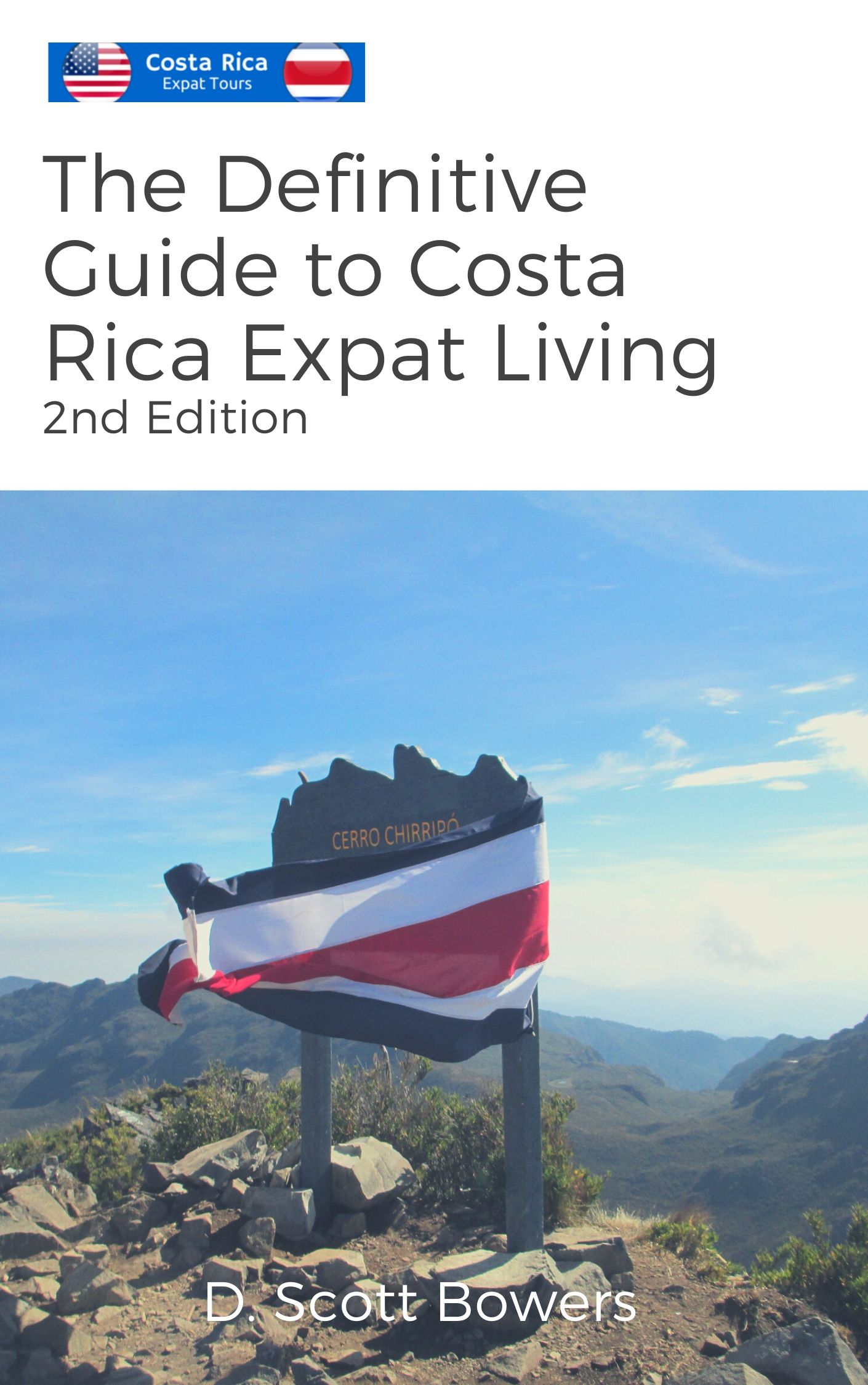 Life in Costa Rica is light. The “lightness” of life here is reflected in the people, in how they play and in how they work. It is not that they don’t take life seriously. It is just that here we don’t take it too seriously. There is no better indication of this life attitude than the national labor symbol, the painted oxcart. The oxcart was first put into use many years ago primarily as a way to transport harvested coffes beans down treacherous mountain roads to the markets in the pueblos below. Coffee here is grown at altitudes of 4,000 feet and above. In the mountains around San Jose there are coffee fields as far as the eye can see. The coffee is harvested late in the year, around November and December, and all of it is picked by hand. The farmers began painting their oxcarts in ornate patterns and colors many years ago. It is a tradition that carries through to today, although it is rare to actually see one of these oxcart in use these days as they once were. Instead now they are crafted and painted as pieces of art that serve from everything to coffee tables, flower pot holders and wet bars. The painted oxcarts are unique to Costa Rica and are a reflection of its culture, a culture where the peope work to live, rather than live to work. The oxcarts reflect the enjoyment of life, even in the stress and toil of hard work. Costa Ricans seem to always find a reason to smile. The oxcarts make me smile. They are just another reason that I love Costa Rica!
Life in Costa Rica is light. The “lightness” of life here is reflected in the people, in how they play and in how they work. It is not that they don’t take life seriously. It is just that here we don’t take it too seriously. There is no better indication of this life attitude than the national labor symbol, the painted oxcart. The oxcart was first put into use many years ago primarily as a way to transport harvested coffes beans down treacherous mountain roads to the markets in the pueblos below. Coffee here is grown at altitudes of 4,000 feet and above. In the mountains around San Jose there are coffee fields as far as the eye can see. The coffee is harvested late in the year, around November and December, and all of it is picked by hand. The farmers began painting their oxcarts in ornate patterns and colors many years ago. It is a tradition that carries through to today, although it is rare to actually see one of these oxcart in use these days as they once were. Instead now they are crafted and painted as pieces of art that serve from everything to coffee tables, flower pot holders and wet bars. The painted oxcarts are unique to Costa Rica and are a reflection of its culture, a culture where the peope work to live, rather than live to work. The oxcarts reflect the enjoyment of life, even in the stress and toil of hard work. Costa Ricans seem to always find a reason to smile. The oxcarts make me smile. They are just another reason that I love Costa Rica!
Excerpt from History of the Costa Rican Oxcart:
The oxcart integrated Costa Rica into international commerce by becoming the main means of export transportation after 1840. The first shipment of coffee to London was transported from the coffee plantations to Costa Rica’s main ports by oxcart in 1843. Oxcarts transported coffee to Puntarenas on a small road between 1844 and 1846. After World War II, the oxcart became obsolete due to new inventions. It has been used since then as an ornamental object although some farmers still use it during the coffee harvest season to carry coffee to processing plants in rural areas. Painting oxcarts developed into a form of original Costa Rican art in the early 20th century. Cowherds decided to add life to oxcarts by hand-painting them with bright colors and geometrical figures. There are never two oxcarts painted the same. All of them contain changes in color tones and figures. This art has been passed from generation to generation up to the present time. The painted oxcart has become a Costa Rican symbol throughout the world and has promoted economic development through the production of handicrafts in the Costa Rican cities of Sarchí and Puriscal.








Comments
Yuri Detrinidad
With a horse you won’t get a ticket for drinking
and driving, plus you can get drunk and the
horse will take you back home If you teach
him the way, the only problem is that I don’t
think your horse will be available to open the
gate.. Ha,ha,ha
If you get a horse name it Rocinante, I always
like this name. Plus you and Don Quijote got
something in commun that I won’t say in here.
I think you always want to get a horse So you can
pretend to be Vicente Fernandez.